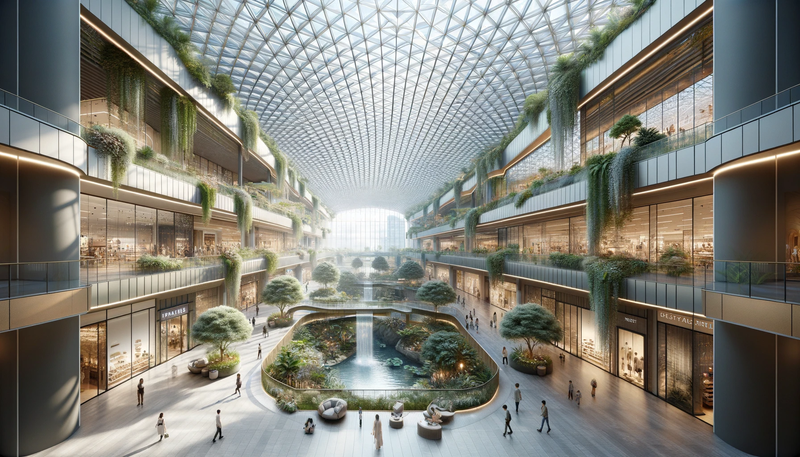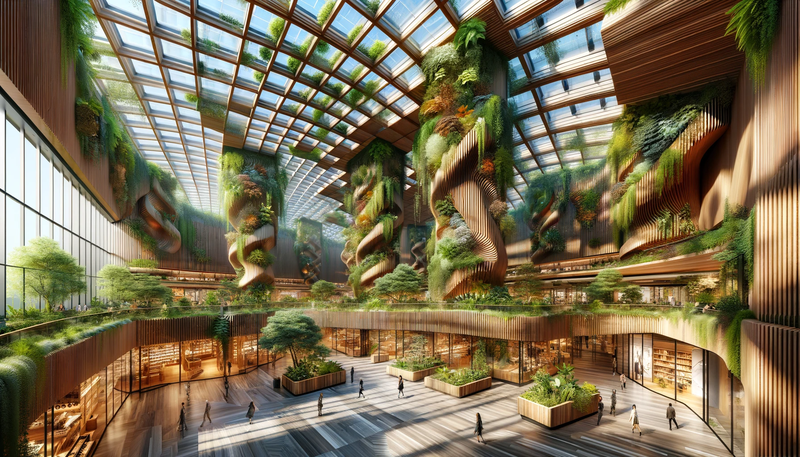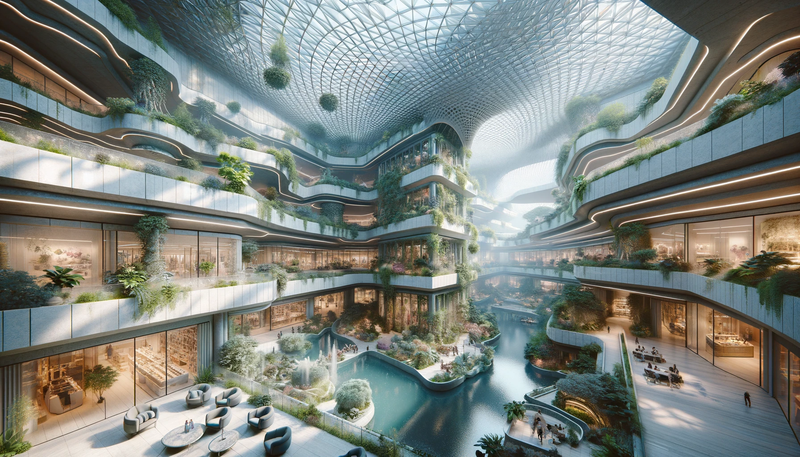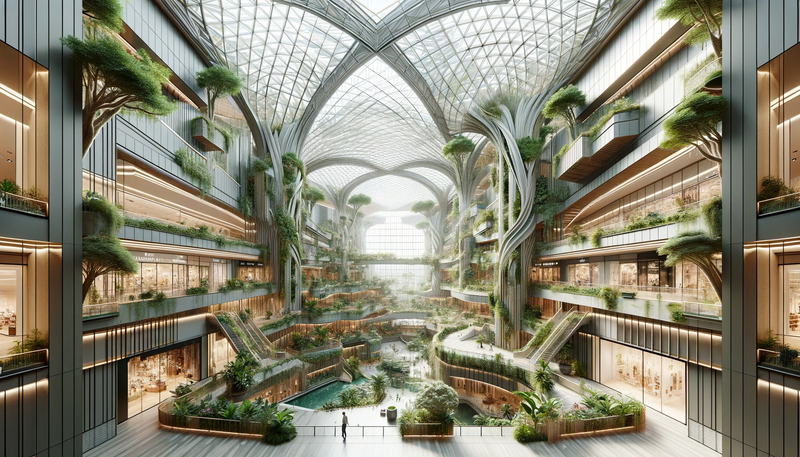Bringing the Outdoors Inside: 3D Rendering as a Tool for Biophilic Urban Planning
In recent years, urbanization has drastically transformed the landscapes of cities, often resulting in a disconnect between humans and nature. However, the concept of biophilic urban planning is gaining momentum and seeks to bridge this gap by integrating natural elements into urban environments. This approach aims to create spaces that foster a connection between humans and nature, promoting well-being and happiness while also being functional and sustainable. As urban planners and architects seek innovative ways to incorporate biophilic design into cityscapes, 3D rendering is emerging as a powerful tool to bring these green visions to life.
The Rise of Biophilic Urban Planning
Biophilic urban planning is rooted in the concept of biophilia, which suggests that humans have an innate affinity towards nature. This approach seeks to incorporate elements like trees, water bodies, natural light, and living systems into urban design, creating spaces that are calming and rejuvenating. The idea is to bring the benefits of nature into often chaotic urban settings.
3D Rendering: Visualizing Biophilic Designs

3D rendering has become a transformative tool in architecture and urban planning. It allows designers to create detailed, realistic visualizations of proposed projects, enabling them to explore and experiment with various design elements. In biophilic urban planning, 3D rendering provides a platform to visualize how natural components can be integrated into the urban fabric, making it a key tool in the design process.
Enhancing Design with Detailed Visualizations

One of the key benefits of 3D rendering in biophilic urban planning is the ability to create detailed and accurate visualizations of projects. This capability allows urban planners and architects to precisely incorporate natural elements like green roofs, vertical gardens, and urban parks into their designs. Through 3D renderings, they can explore different configurations and assess their impact on the urban landscape before any physical work begins.
Facilitating Stakeholder Engagement
Effective communication is crucial in urban planning, and 3D renderings play a vital role in engaging various stakeholders, including city officials, investors, and the public. By providing a realistic preview of biophilic projects, these renderings help stakeholders visualize the outcome, fostering a better understanding and building support for the proposed designs.
Addressing Urban Challenges

Biophilic urban planning, visualized through 3D rendering, addresses several challenges faced by modern cities, such as environmental degradation, loss of biodiversity, and the urban heat island effect. By incorporating elements like tree canopies, water features, and green spaces in urban designs, these projects can significantly contribute to improving air quality, reducing heat, and enhancing the overall urban ecosystem.
Promoting Well-being and Social Cohesion
Integrating natural elements into urban environments has been shown to improve mental and physical health. 3D renderings can help planners design spaces that maximize these health benefits, creating environments that encourage relaxation, social interaction, and physical activity. By visualizing these biophilic interventions, urban planners can create spaces that promote well-being and social cohesion among city dwellers.
Sustainability and Resilience

The combination of biophilic design and 3D rendering contributes to creating more sustainable and resilient urban environments. Visualizations can help in planning features that contribute to sustainability, such as energy-efficient buildings and rainwater harvesting systems. By previewing the environmental impacts of these designs, planners can create urban spaces that are better equipped to face the challenges of climate change.
Overcoming Design and Implementation Challenges
Urban planning and design are complex processes with numerous challenges, including spatial constraints, budget limitations, and regulatory compliance. 3D rendering helps in overcoming these challenges by allowing designers to experiment with different biophilic elements within the constraints of urban spaces, providing a platform to identify and resolve potential design issues early in the process.
Driving Urban Innovation
The use of 3D rendering in biophilic urban planning is driving innovation in the field. It allows for the exploration of creative and unconventional solutions for integrating nature into urban spaces. From rooftop gardens to nature-infused public plazas, 3D renderings assist in pushing the boundaries of traditional urban design, paving the way for more dynamic and engaging cityscapes.
Preparing for the Future of Urban Spaces
As urban populations continue to grow, the need for sustainable, healthy, and livable cities becomes increasingly urgent. The fusion of 3D rendering technology with biophilic urban planning is preparing us for this future, offering a vision for creating urban spaces that are in harmony with nature. It paves the way for a new era of urban planning, where the benefits of nature are seamlessly woven into the fabric of our cities.
Our Services
View some of our most popular services below.











